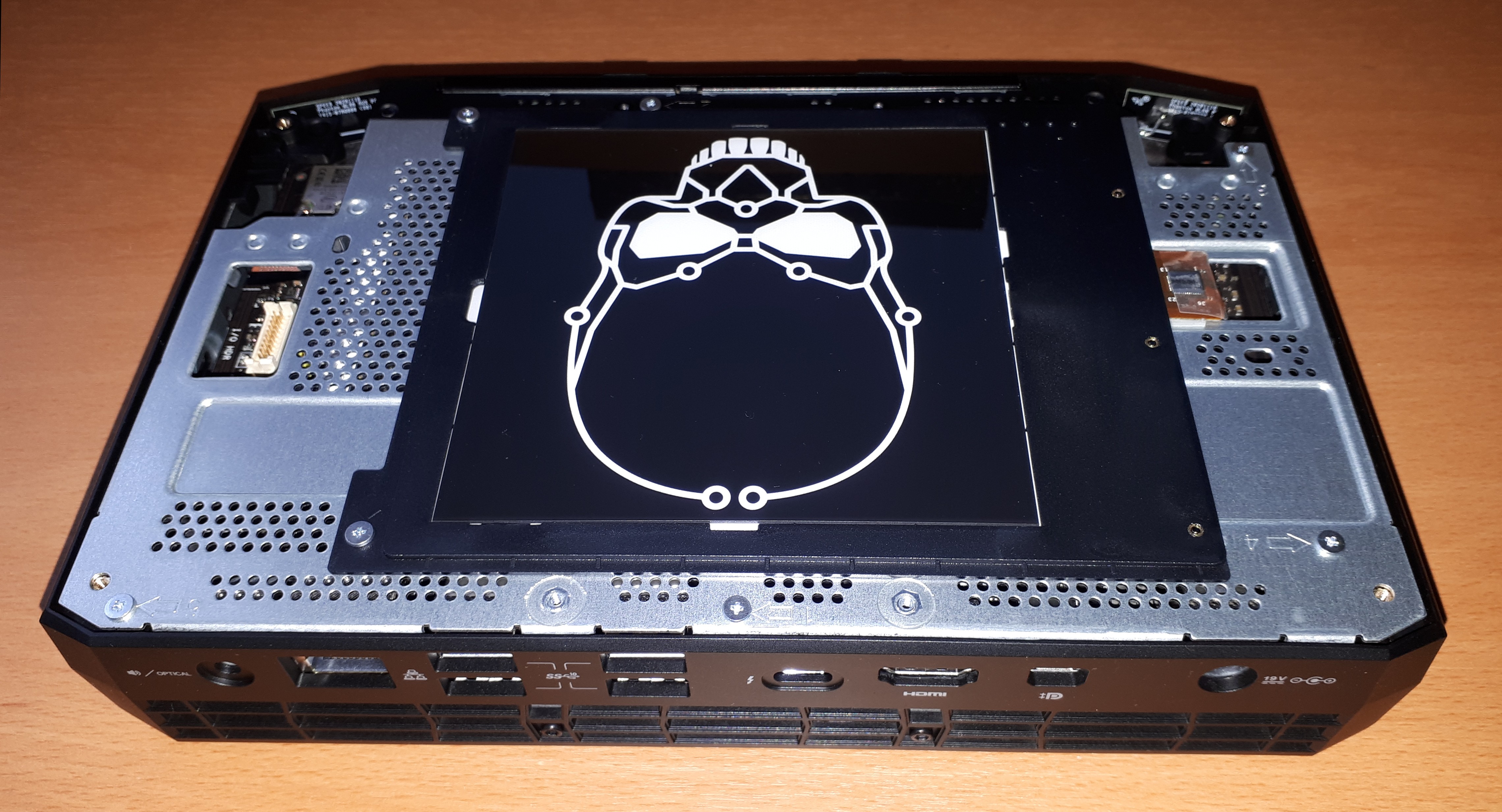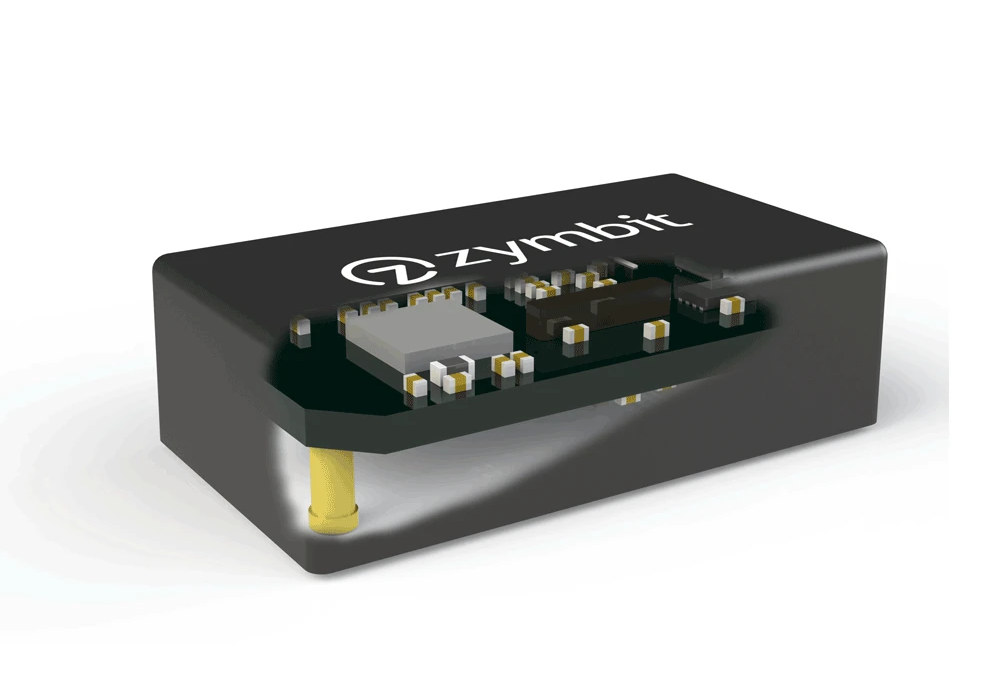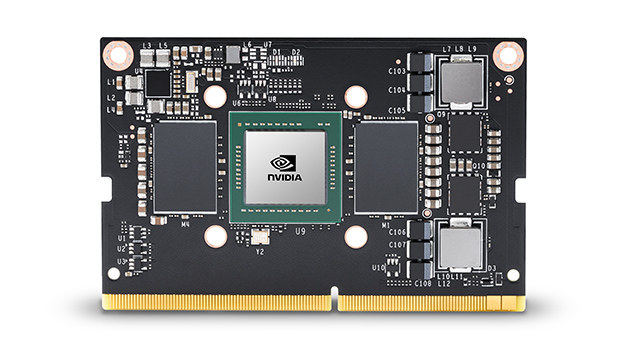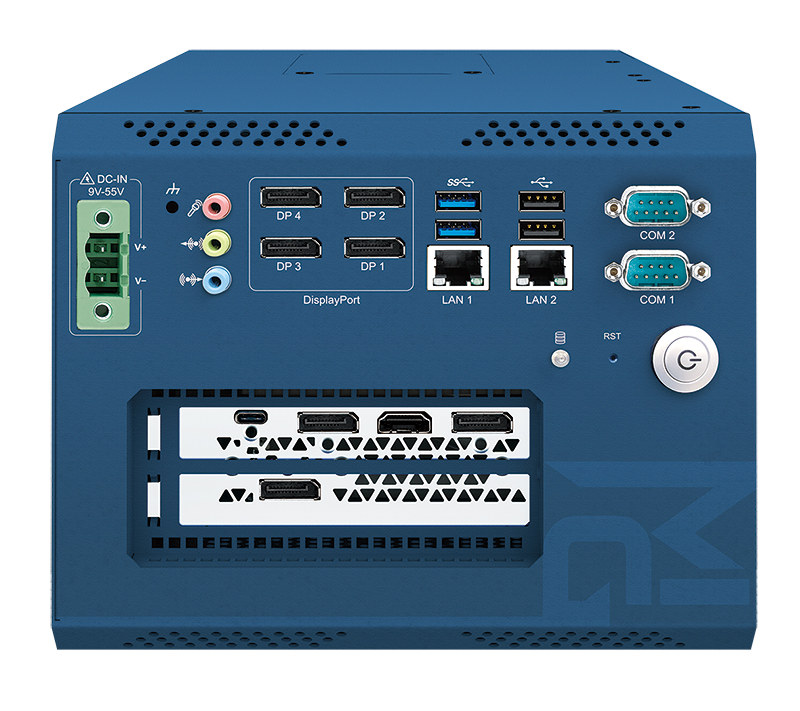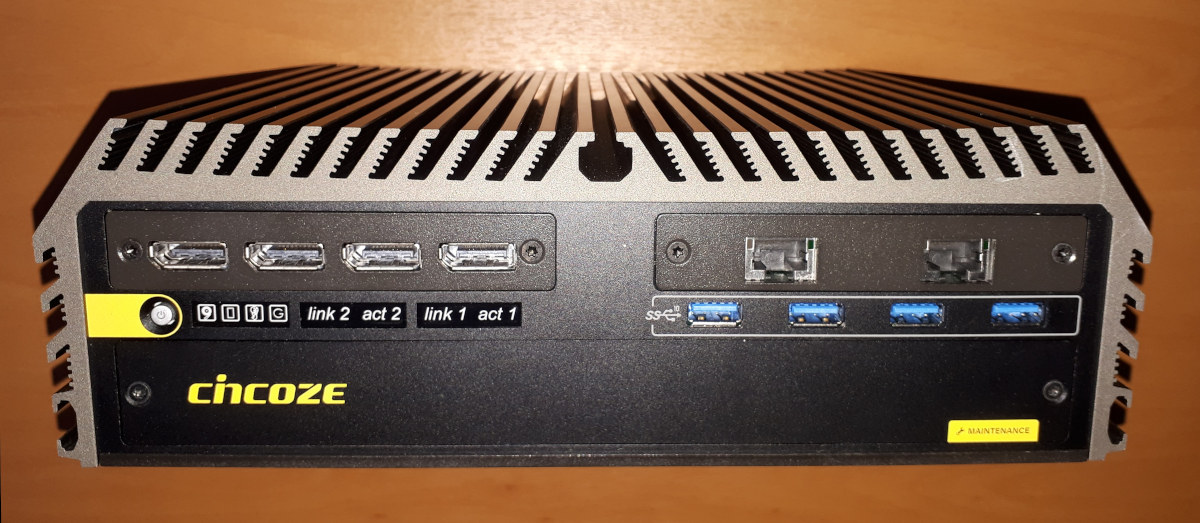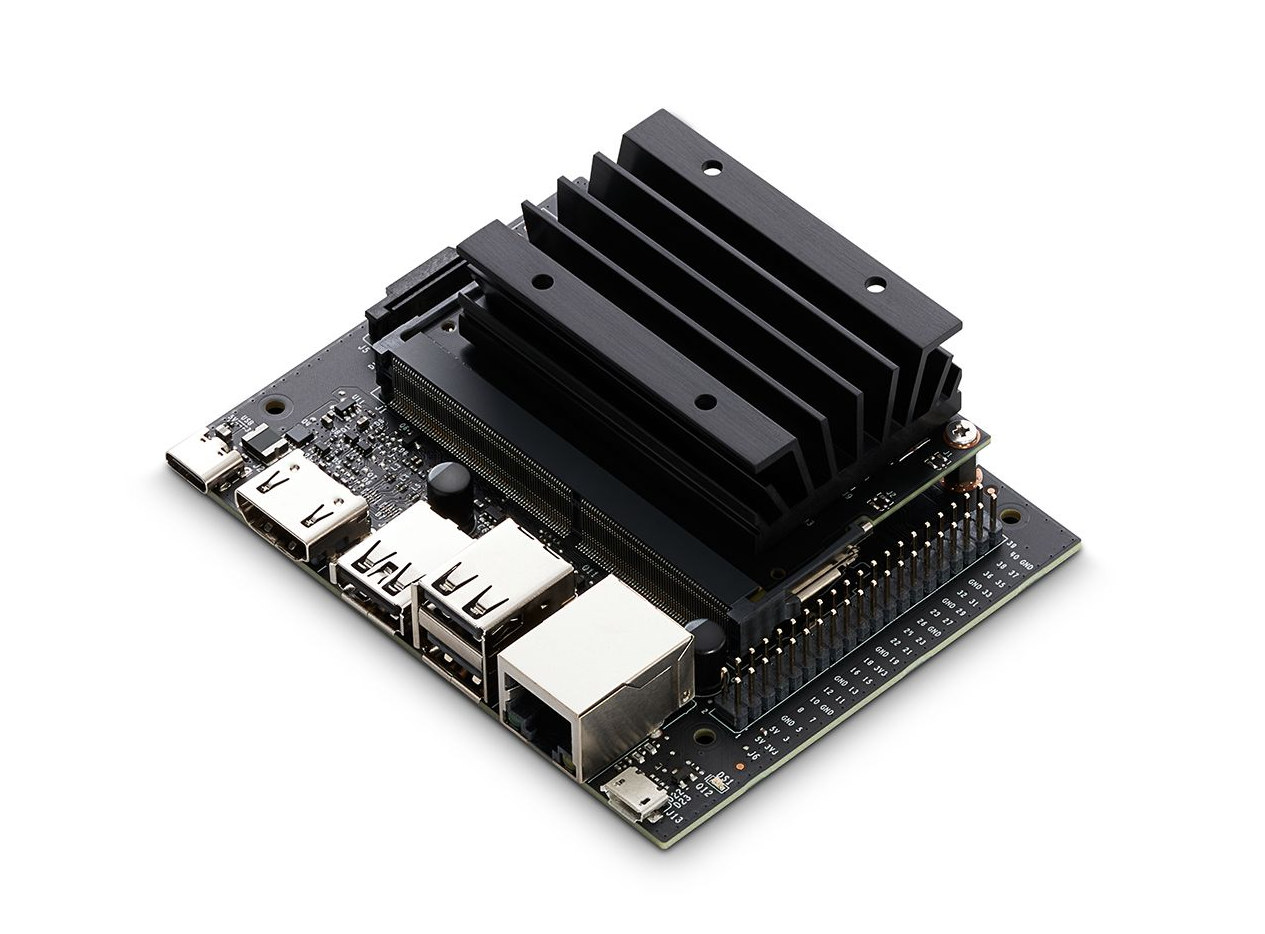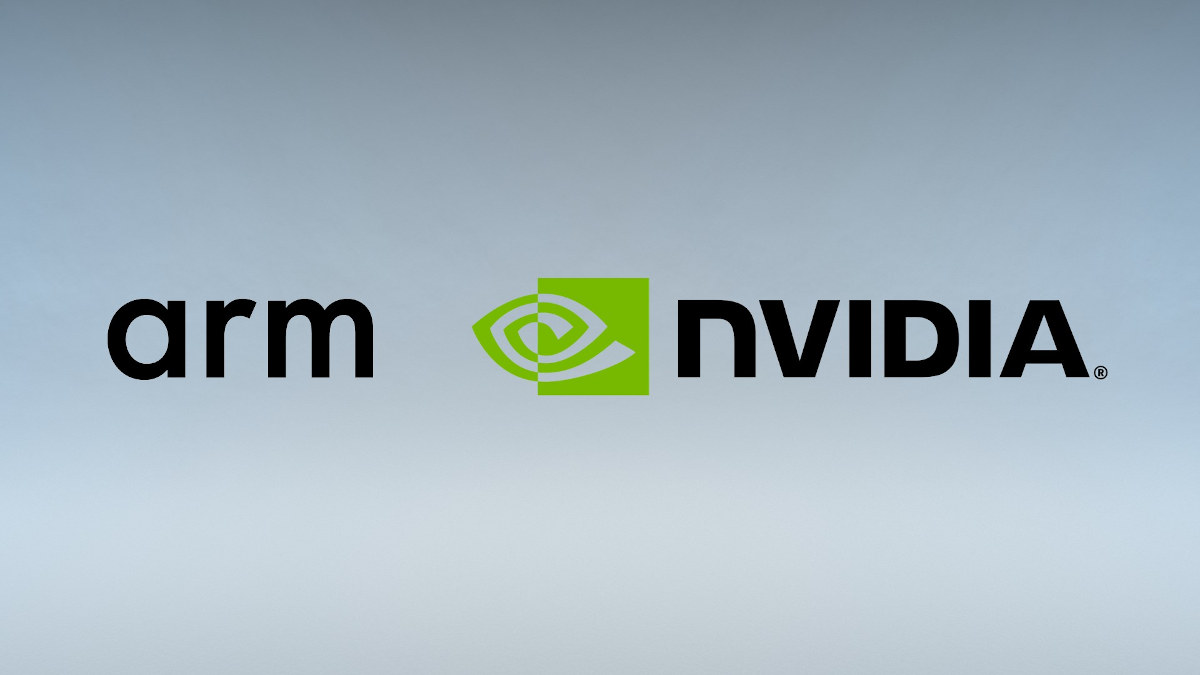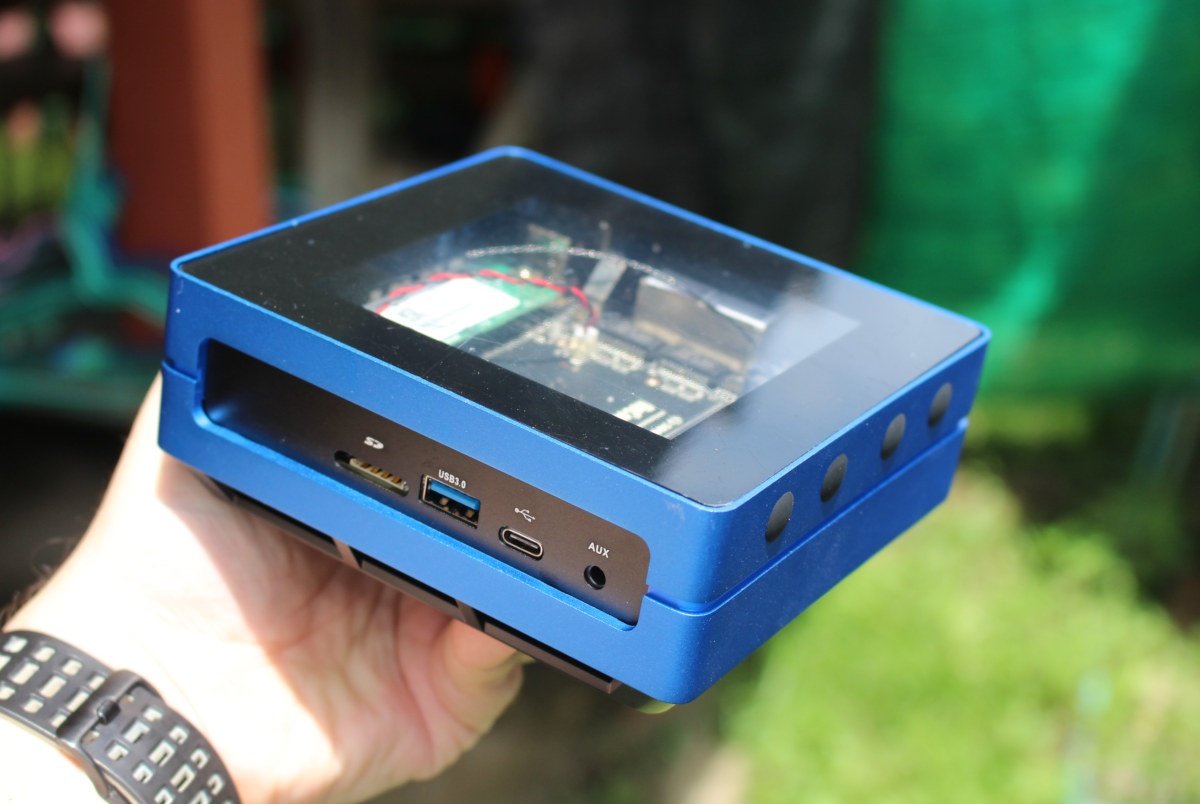The Enthusiast Phantom Canyon is Intel’s flagship product from its latest NUC 11 range of mini PCs. Specifically targeting gamers it includes an NVIDIA RTX 2060 GPU. In this article, I take a brief look at the performance under Windows and compare it against Intel’s previous NUC with a discrete GPU: the NUC 9 Extreme Ghost Canyon. Hardware Overview The NUC11PHKi7C physically consists of a 221 x 142 x 42 mm (8.70 x 5.59 x 1.65 inches) rectangular plastic case which is remarkable because of its size and is similar to just a graphics card like NVIDIA’s GeForce RTX 2060 Founders Edition (229 x 113 x 35 mm). It is an actively cooled mini PC and uses Intel’s 10 nm Core i7-1165G7 Tiger Lake processor which is a quad-core 8-thread 2.80 GHz processor boosting to 4.70 GHz with Intel’s Iris Xe Graphics. But it also includes NVIDIA’s N18E-G1-B notebook graphics […]
Zymbit HSM4 & HSM6 security modules work with embedded Linux hardware, Raspberry Pi, Jetson Nano
Zymbit Zymkey security modules, now called Zymkey4i, were first introduced several years ago. Based on the Microchip ATECC508A CryptoAuthentication chip, the modules were available as a USB stick, an I2C module for Raspberry Pi boards, or an SMT component, and designed to enable multifactor device ID & authentication, data encryption & signing, key storage & generation, and physical tamper detection. The company has now informed CNX Software they had launched HSM4 cryptographic protection module and HSM6 hardware wallet with a different form factor for easy integration into embedded applications, and devkits compatible with Jetson Nano and Raspberry Pi SBCs. Zymbit HSM4 cryptographic protection module & devkit HSM4 crypto module key features and specifications: HSM4 is built upon Zymkey4i module, and integrates an Arm Cortex-M0 microcontroller, as well as a secure element likely to be Microchip ATECC508A, or the more recent ATECC608B CryptoAuthentication chip if the company upgrade System Identity & […]
NVIDIA introduces lower cost Jetson TX2 NX SO-DIMM module
NVIDIA Jetson AI modules and developer kits range from the entry-level Jetson Nano module (5W, ~0.5 TOPS) to the high-end Jetson Xavier AGX module (30W, 32 TOPS). The higher-end modules usually come with a 400-pin board-to-board, while cheaper/cost-down modules like Jetson Nano and Jetson Xavier NX feature a 260-pin SO-DIMM connector and small form factor. But so far all Jetson TX2 modules came with a 400-pin connector, but this has changed with the introduction of the Jetson TX2 NX SO-DIMM system-on-module that is offered as a cost-down version of Jetson TX2 4GB module. NVIDIA Jetson TX2 NX specifications with highlights in bold or strikethrough showing the difference against Jetson TX2 4GB: Processor – Dual-Core NVIDIA Denver 2 64-Bit CPU and Quad-Core Arm Cortex-A57 MPCore processor @ up to 2.0 GHz GPU – 256-core NVIDIA Pascal GPU @ up to 1.3 GHz AI Performance – 1.33 TFLOPS Video Encode H.265 – […]
Ryzen Embedded V1807B AI Edge PC supports dual-slot graphics cards
Many AI edge computers come with dedicated AI accelerators from Intel, Google, Gyrfalcon, and others. But as we’ve seen with Cincoze GM-1000 embedded mini PC, some include support for more traditional GPUs, in this case, an NVIDIA Quadro Embedded P2000 MXM module. Ryzen Embedded V1807B powered Vecow MIG-1000 AI edge PC is another such solution with up to 64GB DDR4, four DisplayPort outputs, and a PCIe x16 slot for dual-slot graphics cards from Nvidia or AMD for AI processing performance and/or extra video outputs. Vecow MIG-1000 specifications: SoC – AMD Ryzen Embedded V1807B quad-core processor with Radeon Vega 11 graphics; 35-54W TDP System Memory – 2x DDR4 3200MHz SO-DIMM, up to 64GB Storage – 1x SATA-III port, 1x M.2 Key M socket (2280, PCIe x4) for NVMe SSDs Video Output – 4x DisplayPort up to 4096 x 2160 @ 60Hz Audio Realtek ALC662, 5.1 Channel HD Audio codec 1x Mic-in, […]
Cincoze GM-1000 Embedded GPU Computer Review
Cincoze GM-1000 is an industrial embedded GPU computer. It is highly expandable including supporting an embedded MXM GPU. As a rugged computer, it can either be passively cooled or actively cooled with add-on fans. It can support an operating temperature ranging from -40°C – 70°C and is also able to survive being dropped or hit with a vibration/shock tolerance of 5G/50G. It is marketed as having all the features required for a compact, reliable, and high-performance computing system for field applications in machine vision, image processing, and artificial intelligence. In this review, I’ll cover some performance metrics from both Windows and Ubuntu and also discuss the thermals. Hardware Overview The model loaned by Cincoze for review came with an Intel Core i7-9700TE which is an eight-core 8-thread 1.80 GHz Coffee Lake-R processor boosting to 3.80 GHz with Intel’s UHD Graphics 630. It also came with an NVIDIA Quadro Embedded P2000 […]
NVIDIA Jetson Nano 2GB Developer Kit Launched for $54 and up
NVIDIA Jetson Nano Developer kit was introduced in March 2019 for $99. With a quad-core Cortex-A57 processor, a 128-core Maxwell GPU, and 4GB LPPDR4 RAM, it’s a great low-cost AI platform as we wrote in our Jetson Nano getting started guide where we show how to perform inferences on still images and an RTSP video stream. The company has now gone further in providing an affordable AI computer for developers with the launch of NVIDIA Jetson Nano 2GB Developer Kit with similar features except for the 2GB RAM, and pricing starting at $54 without a wireless adapter or $59 with 802.11b/g/n/ac WiFi 5 USB dongle. Pre-orders are open on sites like Amazon or Seeed Studio and shipping is scheduled to start at the end of the month. If we look at the photo above, there are very few differences against the $99 version, and indeed most of Jetson Nano 2GB […]
NVIDIA to Acquire Arm for $40 Billion from Softbank
A few weeks ago, I read rumors about NVIDIA acquiring Arm, and I thought it was probably just a joke because of the obvious conflicts of interests since NVIDIA would be providing IP to competitors, who may then be wary of starting designs based on Arm NVIDIA cores and GPUs. But guess what? That’s now official with NVIDIA writing on their blog they had a definitive agreement under which NVIDIA will acquire Arm Limited from SoftBank Group Corp. (SBG) and the SoftBank Vision Fund (together, “SoftBank”) in a transaction valued at $40 billion. I seldom write about business news, but it looks like in this case there may be repercussions. Let’s see details about the transaction: Under the terms of the transaction, which has been approved by the boards of directors of NVIDIA, SBG and Arm, NVIDIA will pay to SoftBank a total of $21.5 billion in NVIDIA common stock […]
ODYSSEY-X86J4105 SBC Unboxing and Re_Computer Case Review
Seeed Studio ODYSSEY-X86J4105 is an Intel Celeron J4105 Gemini Lake SBC that also happens to integrate an Arduino compatible Microchip SAMD21 Arm Cortex M0+ microcontroller that makes it suitable as an all-in-one Arduino platform. But it can do much more with 8GB RAM, an optional 64GB eMMC flash, HDMI & USB-C DisplayPort 4K video outputs, dual Gigabit Ethernet, and support for both SATA and NVMe storage. The board runs Windows 10 Enterprise by default (if you purchase the board with an eMMC flash), and supports Linux distributions as well. Seeed Studio sent me a review sample, so I’ll start by checking out the hardware first. ODYSSEY-X86J4105 Unboxing I received ODYSSEY-X86J4105864 with a built-in 64GB eMMC flash pre-loaded with Windows 10 Enterprise. Let’s have a quick look at the board with USB, Ethernet and video output ports previously described, as well as built-in dual-band Wi-Fi 5 & Bluetooth 5.0 module, and […]


